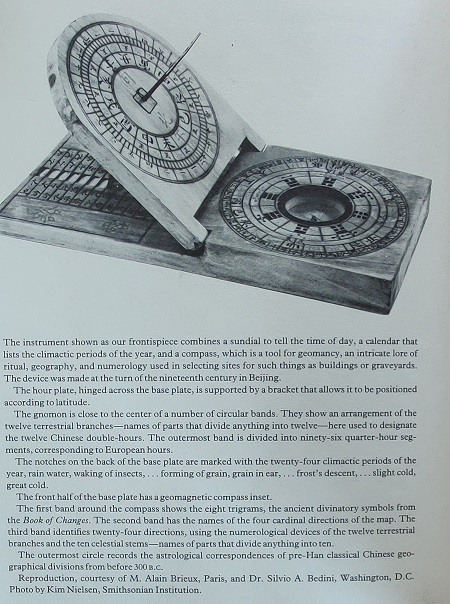Mathematics are most necessary in magic, for everything which is done through natural virtue is governed by number, weight, and measure. Pythagoras said that numbers have more reality than natural things, hence the superiority of mathematical magic to natural magic.
The most common magic square is the basic 3x3 magic square also known as the Luo Shu. The corresponding planet is Saturn. This square could be worn as an amulet for protection against the negative influences of Saturn during certain times of the year. The number 45 corresponds to the planet Saturn.
The Luo Shu, Chinese Magic, and the Dance of Yu
The Sigil of the Moon and Greek Coins
Frances Yates Giardano Bruno and the Hermetic Tradition (1964)
The above magic squares are from the book De Occulta Philosophia by Henry Cornelius Agrippa von Nettesheim (1486 – 1535), physician, magician, and Secretary to the Emperor Maximilian I.
De Occulta Philosophia had the distinction of being the most authoritative book on magic and the occult arts during the early Italian Renaissance. The book circulated in manuscript form since 1510, was published in 1531, and expanded to three volumes in 1533. Albrecht Durer (1471 – 1528) and Hans Holbein (1497 – 1543) could have been influenced by such a work and the magical influence of numbers.
The book lists the first seven magic squares and their corresponding Kabbalistic names, signs, and figures to be used in the practice of magic. Each planet was assigned its own number and several divine names.
The four magical figures that corresponded to the moon, its spirit, its daemon, and its position in the zodiac.
The four magical figures that corresponded to the moon, its spirit, its daemon, and its position in the zodiac.
The above magic squares correspond to the moon, the metal silver, and the numbers 369 and 3,321.
Note of interest: There are two mistakes in Agrippa's 9x9 magic square. The numbers 43 and 45 appear twice in the square and we know this violates a basic tenet of magic squares.
The most common magic square is the basic 3x3 magic square also known as the Luo Shu. The corresponding planet is Saturn. This square could be worn as an amulet for protection against the negative influences of Saturn during certain times of the year. The number 45 corresponds to the planet Saturn.
The Luo Shu, Chinese Magic, and the Dance of Yu
The early Chinese practiced magic and alchemy with the aid of magic squares three thousand years prior to Agrippa's book. The Dance of Yu was a ceremonial dance mentioned in texts dating from the second century BC. The above illustration demonstrates that the steps of Yu are based on the numerical sequence of the 3x3 Magic Square.
The Sigil of the Moon and Greek Coins
The Magic Square, the Moon, the Swastika, and the Quincunx
This example of a Greek coin from Knossos, c 350 BC, seems to incorporate the 3x3 magic square, the symbol for the moon, and the swastika.
The Greek coin with the swastika has the number five as its center, or axis mundi. The number five at the center of a cross – in – square pattern with four similar quadrants makes a strong correspondence to the 3x3 magic square. The four quadrants have the symbol for the moon and the four cardinal directions correspond to the arms of the swastika. The quincunx can be seen as the axis mundi as well as the four moons around the center or the four arms of the swastika around the center. The coin also exhibits the circle and square relationship, that is, a square 3x3 grid inside a circular coin.
Agrippa's magical sigil for the moon also has a quincunx pattern around its center or axis mundi. The four arms pointing in the four cardinal directions also create the four quadrants where the symbol for the moon resides and just as in the Greek coin from Knossos the crescent moon is pointing in the same direction. Four circles at the end of each arm form a quincunx with the center circle. The sigil also demonstrates the circle and square relationship and corresponds with the 9x9 magic square.
The 9x9 magic square demonstrates a cross – in – square pattern as only odd numbers occupy the horizontal and vertical axis. The center or axis mundi is represented by the number 41 as this is the center between 9 and 92 just as the number five is the center number between 3 and 32.















